Welcome back to Mindful Investing, where we cut through the market noise to focus on long-term upside potential. Today, we’re diving into a stock that has the potential to rise 390% over the next five years. That stock is First Solar, ticker symbol FSLR.
Let’s walk through the business fundamentals, price targets, and key technical levels, and see how First Solar stacks up against others in the solar sector.
FSLR: What’s Going On With the Stock?
First Solar is currently trading around $126, down 29% year to date. It’s faced plenty of headwinds—namely interest rate swings and shifting global solar demand forecasts. But sometimes, volatility reveals real opportunity.
Unlike traditional panel manufacturers, First Solar takes a different route. Instead of using conventional silicon, their panels are built using cadmium telluride thin-film technology. This gives FSLR a performance edge in high-heat and high-humidity environments and allows for lower production costs at scale.
Their primary customers? Utility-scale developers and government bodies creating large solar infrastructure. What gives FSLR a clear business advantage is the long-term supply contracts they’ve locked in. These contracts make revenue more predictable—something their competitors haven’t matched.
Here are five notable competitors to First Solar (FSLR), each with a unique edge that could make them a more attractive investment depending on your strategy:
| Symbol |
Company Name |
Why It Might Be a Better Investment Than First Solar |
| SPWR |
SunPower Corporation |
Specializes in high-efficiency solar panels for residential markets, with strong U.S. demand. |
| JKS |
JinkoSolar Holding Co. |
One of the world’s largest solar module producers, benefiting from scale and global reach. |
| CSIQ |
Canadian Solar Inc. |
Offers diversified solar and battery storage solutions, with strong international exposure. |
| ENPH |
Enphase Energy, Inc. |
Dominates the microinverter market, with high-margin recurring revenue from energy systems. |
| SEDG |
SolarEdge Technologies |
Provides smart energy solutions and inverters, with strong growth in residential solar tech. |
FSLR vs. Other Solar Stocks
Now, let’s talk about where FSLR stands in the larger solar space. When placed side-by-side with names like Enphase and SolarEdge, First Solar looks especially attractive.
Enphase and SolarEdge have taken heavy hits, both in stock price and earnings growth. In contrast, FSLR projects annual earnings per share (EPS) growth of 37.4%, all while holding a low price-to-earnings (PE) ratio of 10.5. That mix of strong growth and low valuation positions FSLR as a compelling buy for long-term-focused investors.
And just to ground this in numbers, First Solar generated more than $4.2 billion in revenue last year alone.
Stock Prediction Model: Calculating the Upside
When projecting stock performance, I look at three main metrics: earnings per share, projected growth rate, and PE ratio.
- Earnings Per Share (EPS): FSLR currently has an EPS of $122.
- Growth Rate: Analysts project a 37.4% earnings growth rate.
- PE Ratio: The current valuation stands at 10.55.
Using these values, we get:
- 1-Year Price Target: $174 (a 37% upside)
- 5-Year Price Target: $620 (that’s 390% higher than today’s price)
If those projections hold, that’s a massive potential return over a five-year window.
Wall Street seems to agree. Analysts have given FSLR a strong buy rating, estimating nearly a 98% upside from today’s share price. So both the model and market sentiment are in harmony.
Technical View: Where’s the Support?
Now let’s talk chart levels.
FSLR is currently trading below its 50-day and 200-day EMAs, which some traders see as bearish territory. But for long-term investors, this could be a chance to accumulate shares at discounted levels.
The major support level sits near $120, with a more conservative buffer around $60. While the $60 level seems unlikely barring a broader market downturn, it’s a point worth keeping on the radar.
Personally, here’s how I’m approaching it: I’ve sold a cash-secured put with a $120 strike price that expires on the 17th. That brought in a $50 premium—so if the stock drops below $120, I’ll be assigned 100 shares, which I’d be glad to hold at that price. It's a calculated way to gain exposure while building in some downside protection.
Final Thoughts: Why FSLR Might Be the One
No, I don’t yet own shares of First Solar—but I’m preparing to. I prefer to build positions slowly, especially when I see long-term promise like this.
Compared to other solar companies, FSLR presents the most compelling case from a risk-reward perspective. Solid financials, a unique business model, long-term contracts, and positive analyst sentiment all point toward strong future performance.
Just remember—these projections are based on current data. We’ll re-evaluate everything after the next earnings report. Until then, this is a stock worth watching closely.
Thanks for tuning in to Mindful Investing. Stay sharp out there—and see you in the next one.
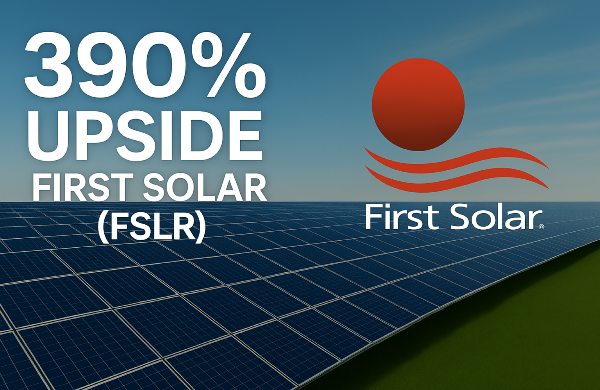


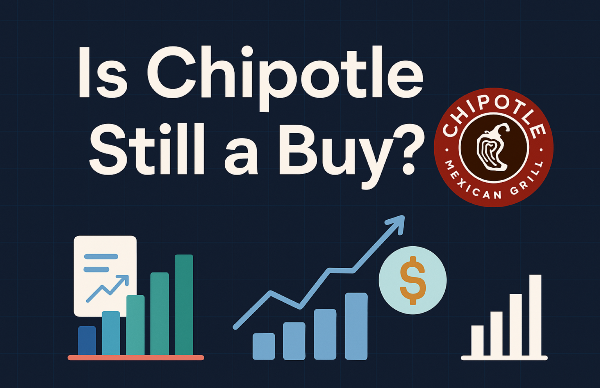
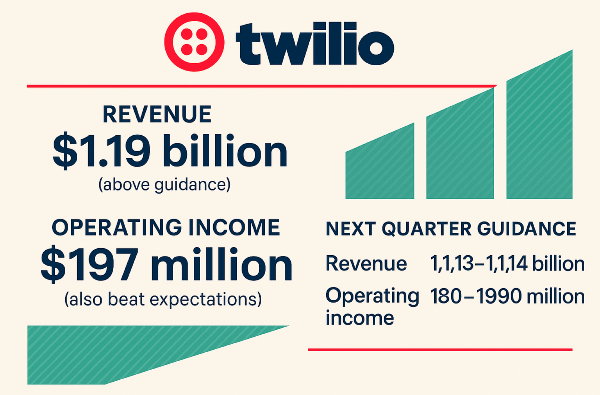
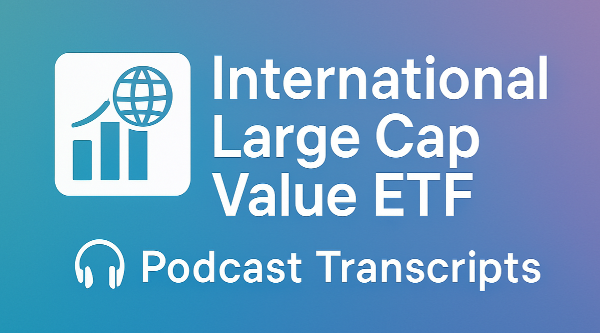
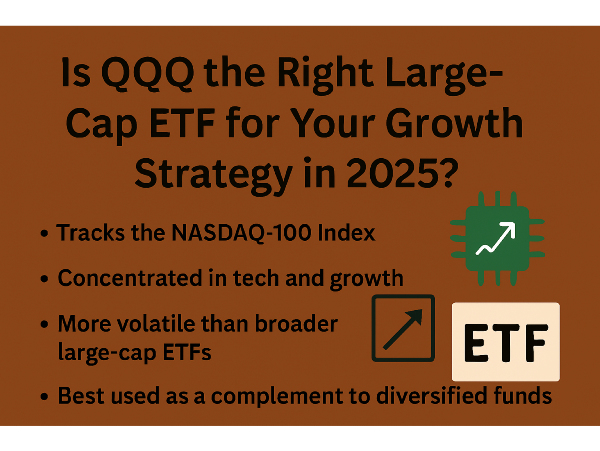
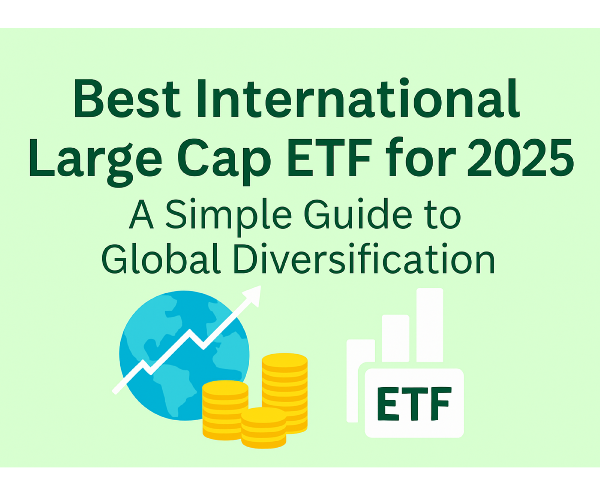
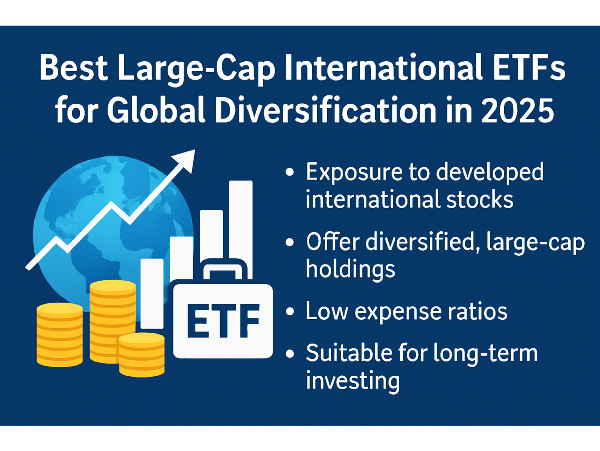
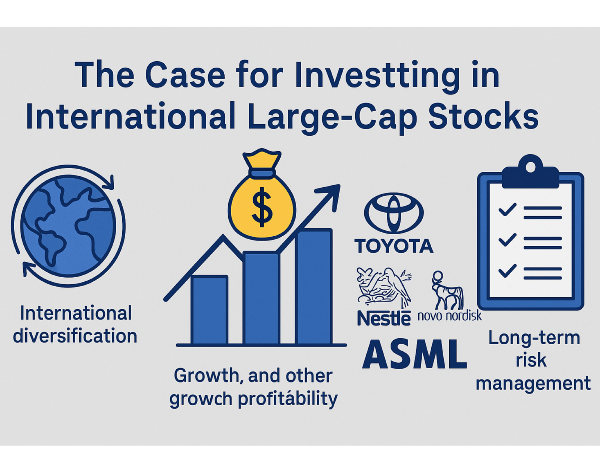
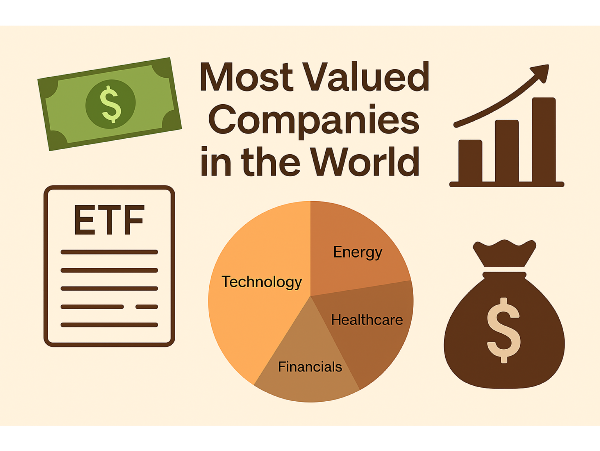
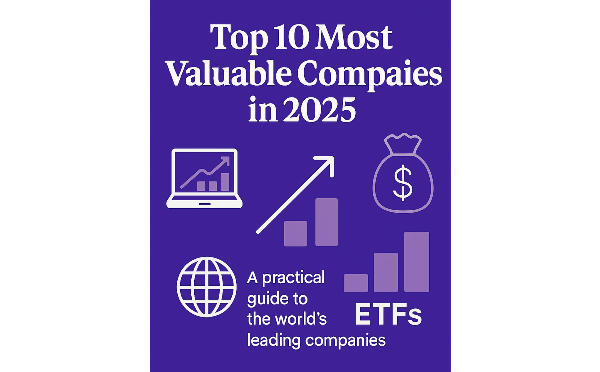
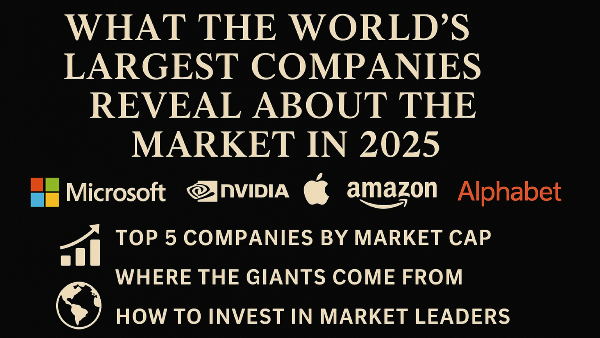
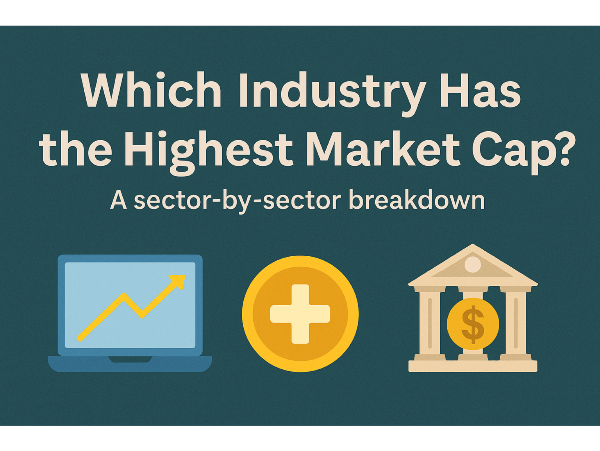
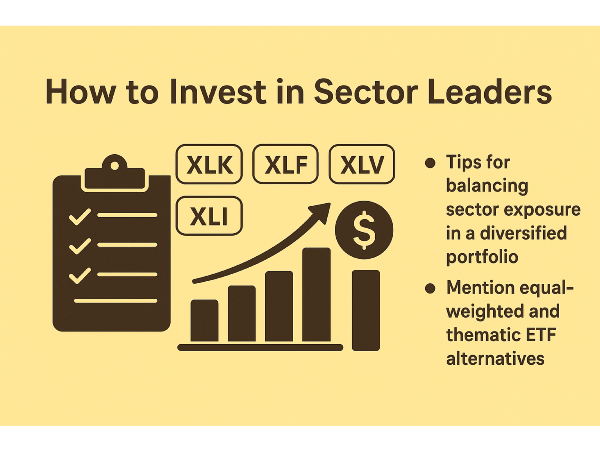
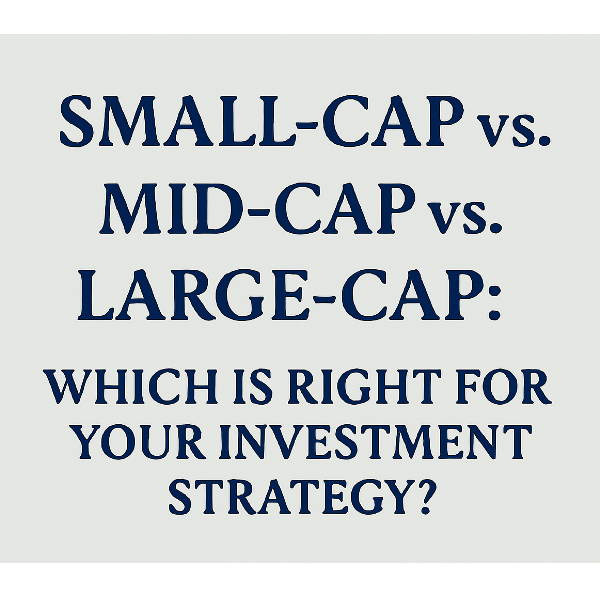
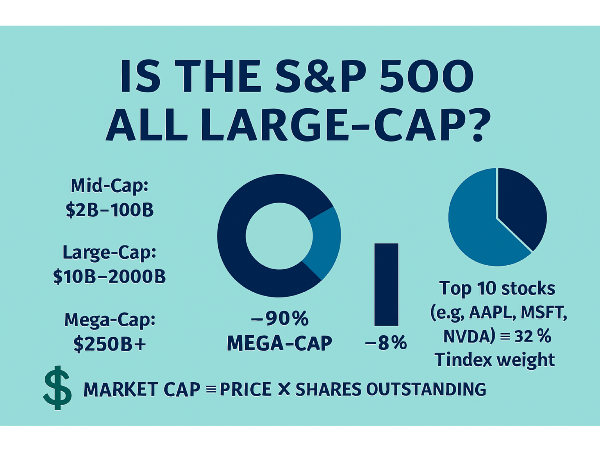
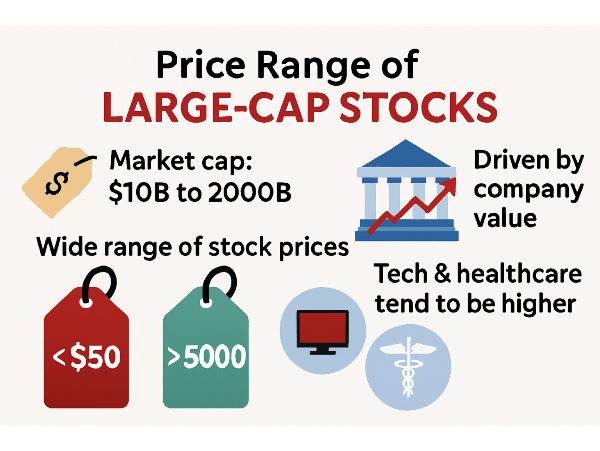
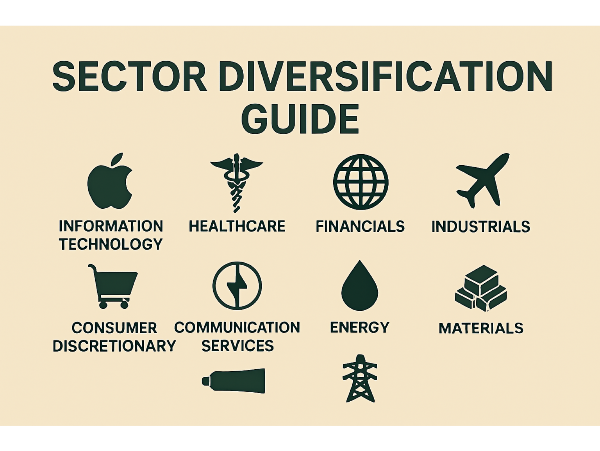
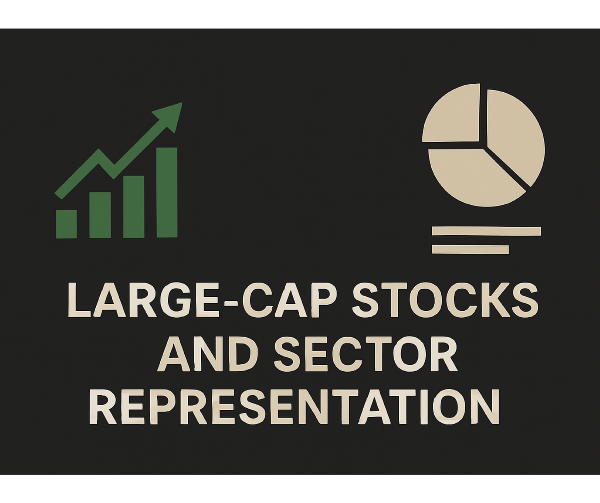
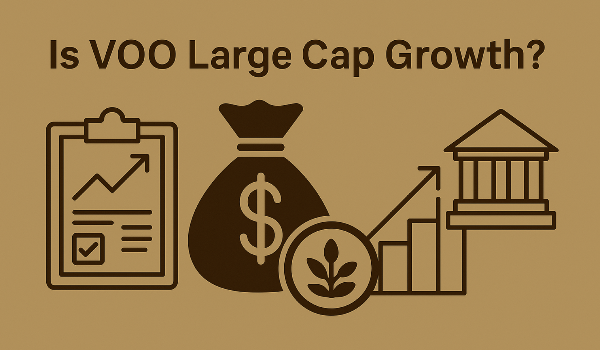
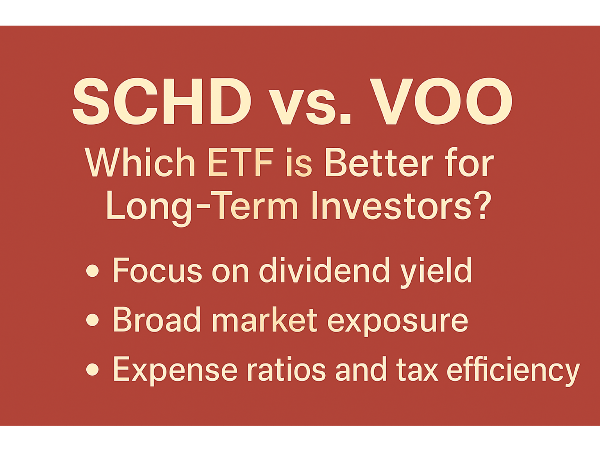








Welcome back to Mindful Investing, where we cut through the market noise to focus on long-term upside potential. Today, we’re diving into a stock that has the potential to rise 390% over the next five years. That stock is First Solar, ticker symbol FSLR.
Let’s walk through the business fundamentals, price targets, and key technical levels, and see how First Solar stacks up against others in the solar sector.
FSLR: What’s Going On With the Stock?
First Solar is currently trading around $126, down 29% year to date. It’s faced plenty of headwinds—namely interest rate swings and shifting global solar demand forecasts. But sometimes, volatility reveals real opportunity.
Unlike traditional panel manufacturers, First Solar takes a different route. Instead of using conventional silicon, their panels are built using cadmium telluride thin-film technology. This gives FSLR a performance edge in high-heat and high-humidity environments and allows for lower production costs at scale.
Their primary customers? Utility-scale developers and government bodies creating large solar infrastructure. What gives FSLR a clear business advantage is the long-term supply contracts they’ve locked in. These contracts make revenue more predictable—something their competitors haven’t matched.
FSLR vs. Other Solar Stocks
Now, let’s talk about where FSLR stands in the larger solar space. When placed side-by-side with names like Enphase and SolarEdge, First Solar looks especially attractive.
Enphase and SolarEdge have taken heavy hits, both in stock price and earnings growth. In contrast, FSLR projects annual earnings per share (EPS) growth of 37.4%, all while holding a low price-to-earnings (PE) ratio of 10.5. That mix of strong growth and low valuation positions FSLR as a compelling buy for long-term-focused investors.
And just to ground this in numbers, First Solar generated more than $4.2 billion in revenue last year alone.
Stock Prediction Model: Calculating the Upside
When projecting stock performance, I look at three main metrics: earnings per share, projected growth rate, and PE ratio.
Using these values, we get:
If those projections hold, that’s a massive potential return over a five-year window.
Wall Street seems to agree. Analysts have given FSLR a strong buy rating, estimating nearly a 98% upside from today’s share price. So both the model and market sentiment are in harmony.
Technical View: Where’s the Support?
Now let’s talk chart levels.
FSLR is currently trading below its 50-day and 200-day EMAs, which some traders see as bearish territory. But for long-term investors, this could be a chance to accumulate shares at discounted levels.
The major support level sits near $120, with a more conservative buffer around $60. While the $60 level seems unlikely barring a broader market downturn, it’s a point worth keeping on the radar.
Personally, here’s how I’m approaching it: I’ve sold a cash-secured put with a $120 strike price that expires on the 17th. That brought in a $50 premium—so if the stock drops below $120, I’ll be assigned 100 shares, which I’d be glad to hold at that price. It's a calculated way to gain exposure while building in some downside protection.
Final Thoughts: Why FSLR Might Be the One
No, I don’t yet own shares of First Solar—but I’m preparing to. I prefer to build positions slowly, especially when I see long-term promise like this.
Compared to other solar companies, FSLR presents the most compelling case from a risk-reward perspective. Solid financials, a unique business model, long-term contracts, and positive analyst sentiment all point toward strong future performance.
Just remember—these projections are based on current data. We’ll re-evaluate everything after the next earnings report. Until then, this is a stock worth watching closely.
Thanks for tuning in to Mindful Investing. Stay sharp out there—and see you in the next one.